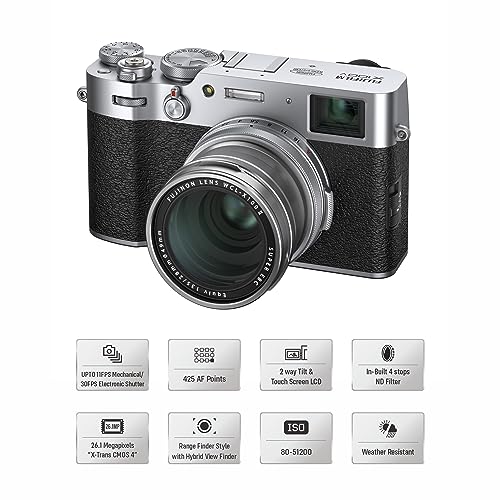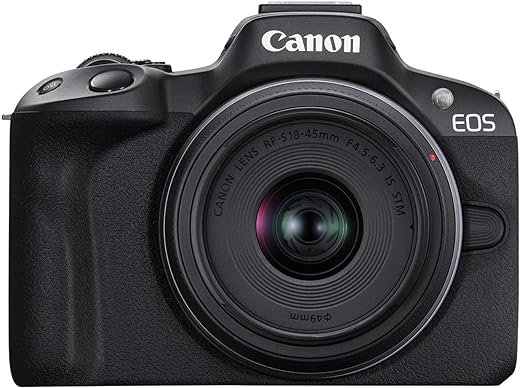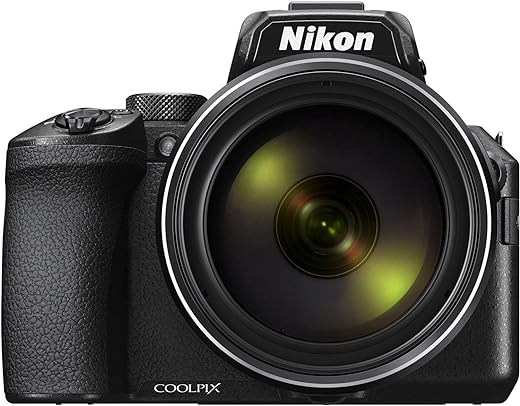When looking to upgrade your camera, deciding between the Fujifilm X100V and the Fujifilm X100F can be a tough choice. Both models offer exceptional image quality and advanced features, making them popular choices among photographers. Let’s dive into the key differences and similarities between these two impressive cameras to help you make an informed decision.
Capture Moments
The Fujifilm X100V Digital Camera offers exceptional image quality and speed with its advanced X-Trans CMOS 4 sensor and X-processor 4 combination. Equipped with a newly designed 23mm F2 lens, improved close focusing, and weather-sealing protection lens compatibility, this camera is perfect for capturing every moment, everywhere.
Capturing Moments
The Fujifilm X100F 24.3 MP APS-C Digital Camera boasts a powerful combination of a 24.3MP X Trans CMOS III sensor and X Processor Pro for high-quality imaging. With enhanced focusing capabilities of up to 325 points, intuitive controls like the built-in ISO dial, and a durable construction suitable for various shooting conditions, this camera is a versatile and reliable choice for photographers of all levels.
Fujifilm X100V
Sensor Type
X-Trans CMOS 4 sensor
Resolution
26.1MP
Video Capability
4K video at 30fps, Full HD/120p
Focusing Points
AF with 425 points
Viewfinder Type
Hybrid viewfinder (OVF and EVF)
Fujifilm X100F
Sensor Type
X Trans CMOS III APS C sensor
Resolution
24.3MP
Video Capability
Not specified
Focusing Points
AF with 91 points
Viewfinder Type
Not specified
Fujifilm X100V
Fujifilm X100F
Fujifilm X100V
Fujifilm X100F
Feature comparison chart


Fujifilm X100V
- USPs:
- Weather-sealed body for outdoor shooting.
- High-resolution sensor for detailed images.
- Pros: Excellent image quality, versatile lens, compact design.
- Cons: Pricey, limited video capabilities.
- Use Cases: Street photography, travel, everyday shooting.
Fujifilm X100F
- USPs:
- Classic design with intuitive controls.
- Great low-light performance.
- Pros: Compact size, excellent build quality, good battery life.
- Cons: No weather sealing, older processor.
- Use Cases: Street photography, portraits, casual photography.
Based on the comparison, the Fujifilm X100V emerges as the clear winner for users prioritizing weather sealing, higher resolution, and improved video capabilities. However, for those valuing classic design, good low-light performance, and affordability, the Fujifilm X100F remains a strong choice.
In summary, if you are an outdoor enthusiast or demand high-resolution images and 4K video, go for the Fujifilm X100V. If you prefer a classic design and excellent low-light performance at a more budget-friendly price, the Fujifilm X100F is the ideal choice.
X100V vs X100F: Comparing Fujifilm’s Finest
Comparing FUJIFILM X100V Digital Camera vs Fujifilm X100F Digital Camera
When considering the FUJIFILM X100V and Fujifilm X100F digital cameras, there are several key factors to keep in mind to make an informed decision.
Design and Build Quality
- FUJIFILM X100V features a redesigned lens, improved grip, and a tilting touchscreen, while Fujifilm X100F has a more traditional design.
- Both cameras are compact and well-built, with a classic retro look that Fujifilm is known for.
Image Quality and Performance
- FUJIFILM X100V boasts a new 26.1MP X-Trans CMOS 4 sensor, providing better image quality and faster autofocus.
- Fujifilm X100F has a 24.3MP X-Trans CMOS III sensor, which still delivers excellent image quality but not as advanced as the X100V.
Features and Functionality
- FUJIFILM X100V offers weather sealing, 4K video recording, and improved hybrid viewfinder.
- Fujifilm X100F lacks weather sealing and 4K video but still provides a solid set of features for photography enthusiasts.
Price and Value
- FUJIFILM X100V is priced higher due to its advanced features and improvements over the X100F.
- Fujifilm X100F, being an older model, may offer better value for those looking for a capable camera at a lower price point.
Consider these factors based on your needs and budget to decide which camera best suits your requirements.
Comparing the X100V and X100F
Certainly! The key differences between the Fujifilm X100V and the Fujifilm X100F are:
- Sensor: The X100V features a new 26.1MP X-Trans CMOS 4 sensor, while the X100F has a 24.3MP X-Trans CMOS III sensor.
- Lens: The X100V has a new 23mm F2.0 lens with improved close-focusing capabilities compared to the 23mm F2.0 lens on the X100F.
- Design: The X100V has a two-way tilting touchscreen LCD, which the X100F lacks. It also has enhanced weather resistance compared to the X100F.
- Video: The X100V can shoot 4K video up to 30fps, while the X100F is limited to Full HD video recording.
- Hybrid Viewfinder: The X100V has an improved hybrid viewfinder with higher resolution and an electronic rangefinder function, offering a more versatile shooting experience compared to the X100F.
These differences make the X100V a more advanced and capable camera compared to the X100F.
Certainly! The FUJIFILM X100V and X100F digital cameras have several key differences. The X100V features a new 26.1MP X-Trans CMOS 4 sensor and X-Processor 4, providing improved image quality and faster performance compared to the X100F’s 24.3MP X-Trans CMOS III sensor and X-Processor Pro. Additionally, the X100V has a tilting touchscreen LCD, enhanced video capabilities, and improved autofocus performance. On the other hand, the X100F has a hybrid viewfinder which the X100V lacks. These distinctions make the X100V a more advanced and versatile camera compared to the X100F.
When comparing the image quality between the Fujifilm X100V and X100F digital cameras, we can see that the X100V offers improved image quality over the X100F. The X100V features a new 26.1MP X-Trans CMOS 4 sensor, which provides better resolution, dynamic range, and overall image quality compared to the 24.3MP sensor in the X100F. Additionally, the X100V has an updated image processor that enhances image processing capabilities, resulting in sharper images with more accurate colors. Overall, if image quality is a top priority for you, the Fujifilm X100V would be the better choice between the two models.
Yes, the Fujifilm X100V does offer new features and improvements over the X100F. Some of the key upgrades include a new 26.1MP X-Trans CMOS 4 sensor, improved autofocus system, tilting touchscreen LCD, enhanced video capabilities, and a redesigned lens. These enhancements contribute to overall better performance, image quality, and user experience compared to the X100F.
Yes, there are indeed significant design changes between the Fujifilm X100V and the X100F. The X100V features a new lens, improved sensor, and upgraded video capabilities compared to the X100F. Additionally, the X100V has a redesigned rear LCD screen that can tilt, making it more versatile for various shooting angles. The X100V also has enhanced weather sealing, making it more durable in challenging conditions. These design changes make the X100V a notable upgrade from the X100F.
When comparing the image quality between the FUJIFILM X100V and the Fujifilm X100F, the X100V generally offers superior image quality due to its updated sensor and processor technology. The X100V comes with a new 26.1MP X-Trans CMOS 4 sensor and X-Processor 4, which provide better dynamic range, color reproduction, and low-light performance compared to the X100F’s 24.3MP X-Trans CMOS III sensor and X-Processor Pro. Overall, the X100V is likely to deliver sharper, more detailed images with improved image processing capabilities.












9 thoughts on “Fujifilm X100V vs Fujifilm X100F”
Overall, I think the X100V is a worthy upgrade for those looking for a versatile compact camera.
I appreciate that Fujifilm kept the compact size of the X100V despite the enhancements.
The improved autofocus on the X100V is a major selling point for me.
The new lens on the X100V is definitely a game-changer for me.
Has anyone tested the low-light capabilities of the X100V yet?
The video features on the X100V are a nice addition, but not a dealbreaker for me.
I own the X100F and love it, but the upgrades on the X100V seem impressive!
I wish Fujifilm had included a fully articulating screen on the X100V.
The design of both cameras is stunning, but I prefer the more classic look of the X100F.
Comments are closed.